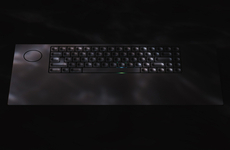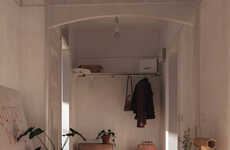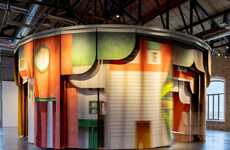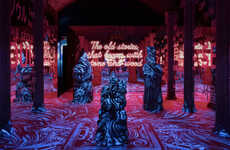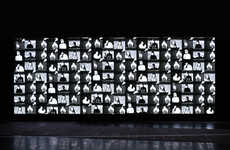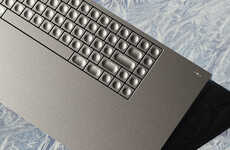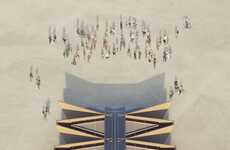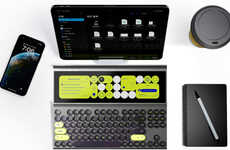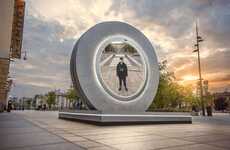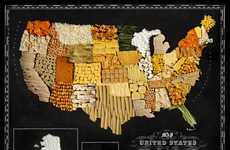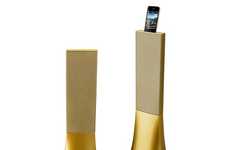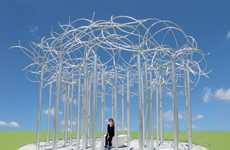
The Sang Un Jeon ‘Virtual City’ Sculpture Creates a Digita
Romina S. Cortellucci — June 22, 2012 — Pop Culture
References: sjeon & dejoost.nl
As interaction becomes increasingly mediated by the Internet, Sang Un Jeon ‘Virtual City’ visualizes the digital web world as a real life space. Created by the Korean-born media artist Sang Un Jeon, the project turns the most well established communities on the Internet into individual buildings. The structures sit on top of keyboard reflecting as Sang Un Jeon describes on his website, “where the interaction of the virtual and real world takes place.”
Each building is a reconstruction of a structure from the real world. Taken from countries around the world, these iconic forms are no longer contained in a national boundary reflecting the nature of the virtual world, while the varying heights of the buildings emulate the estimated monthly traffic each website procures, from the sky-scraping Google to smaller buildings that represent Netflix.
Each building is a reconstruction of a structure from the real world. Taken from countries around the world, these iconic forms are no longer contained in a national boundary reflecting the nature of the virtual world, while the varying heights of the buildings emulate the estimated monthly traffic each website procures, from the sky-scraping Google to smaller buildings that represent Netflix.
Trend Themes
1. Web-based Architecture - Opportunities for architects to explore digital spaces and create virtual buildings for web innovators.
2. Virtual Community Mapping - Utilizing virtual maps and data visualization to help people understand and interact with online communities.
3. Online Interaction Design - Design innovations that merge and enhance online and real-world interactions.
Industry Implications
1. Architecture - Architecture firms can offer services to companies for web-based buildings and virtual community spaces.
2. Data Visualization and Mapping - Tech companies can offer digital mapping and visualization services to help people better visualize and understand online communities.
3. Interaction Design - Designers can create innovative new ways for online and real-world interactions to merge and complement each other.
2.6
Score
Popularity
Activity
Freshness

